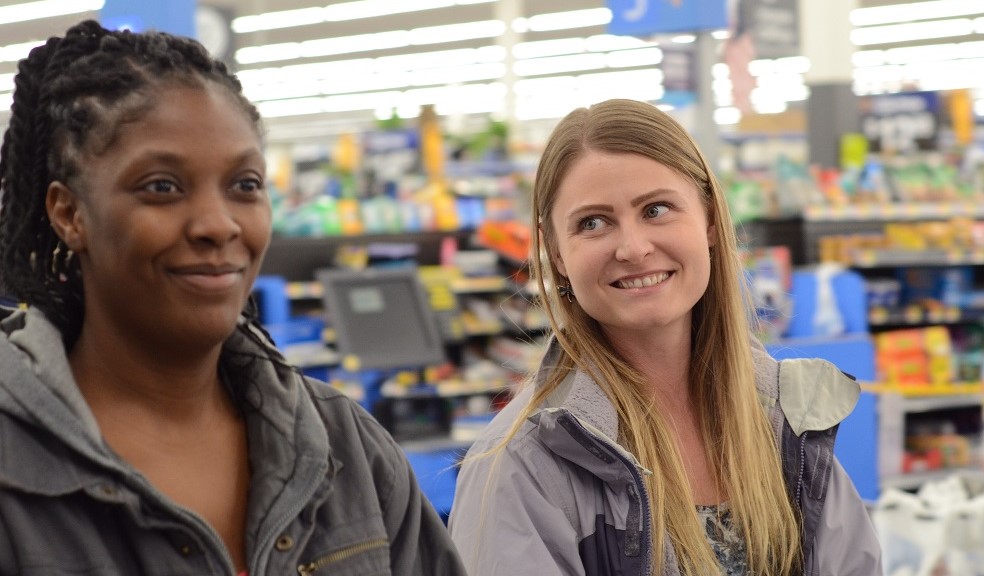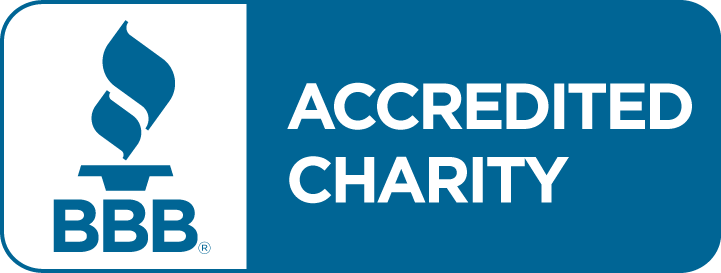By the time Tawny was 19 years old, she had moved 21 times.
Growing up in the child welfare system, Tawny’s life was anything but easy. As with many foster youth, she grew up without a consistent network of support and moved around frequently during her childhood. “You can’t grow attached to anything or anyone if you’re never in a situation long enough, which is often times what happens when you’re in the system,” said Tawny.
Now into her adult years, Tawny is dedicating her life to helping others who’ve grown up in the child welfare system. As the newest Independent Living Coach with Mile High United Way’s Bridging the Gap (BTG) program, she works one-on-one every day with young adults that have recently aged out of the system – helping them find stability, caring support, and housing.
Aging Out of the Child Welfare System
Tawny knows first-hand how unprepared these youth might feel for adulthood and how quickly things can change once you’ve aged out. She understands how, without the support of family or a social network, daily life can become a struggle.
“I wasn’t prepared to be on my own; to deal with rent, security checks, credit, and everything that comes with taking care of yourself. I ended up sleeping in my car for six weeks,” said Tawny.
Currently, only 23% of foster youth will graduate high school on-time in Colorado,* and 36% will experience at least one episode of homelessness in their lifetime.** That is why the Bridging the Gap program prioritizes stable housing for each participant. Under the program, each participant is given a 36-month Family Unification Program housing voucher. The voucher provides youth the time and stability they need to focus on other goals, like furthering their education.
A recent BTG program graduate, Gloria, recounts how impactful this was for her family. “The most important thing for someone who’s grown up in the child welfare system is having a home, and this voucher gave us that. This voucher allowed us to find stability,” said Gloria.

How the Bridging the Gap Program is Changing the Odds
Beyond housing, the most powerful way to change the odds for foster youth is to surround them with consistent and caring wrap-around support. For Tawny, supportive people came into her life at just the right moments.
When she was 17, one of her high school teachers was there to guide her when she needed it most. “She helped me with my college applications, she went to buy suits with me for interviews, but most of all she gave me that consistency I needed. She has loved, cared, encouraged, and supported me to this day,” said Tawny.
As a BTG Living Coach, Tawny is now that caring, stable presence for other youth during this critical time in their lives. Through the program, she guides them on how to pursue employment, access education, learn about financial health, and set wellness goals. And she understands deeply how building a strong support system can affect their futures and the futures of their children.
What Tawny wants people to know is that anyone can be a part of that support system. We all have the ability to revive a sense of hope for at-risk youth in our community and to help prepare them for adulthood.
“Foster youth don’t want to be asked if they’re going to graduate, but when. What we’re doing with the Bridging the Gap program is giving youth back their power. We’re working to change the statistics and break down the stigmas. And anyone can be a part of that,” said Tawny.
“There are plenty of ways that people can contribute through time, dollars, resources, and mentorship. Mentorship means so much to young people,” she added.
How You Can Support Foster Youth in Metro Denver
Mile High United Way’s Bridging the Gap program connects young adults exiting the child welfare system with housing and personalized supportive services that guide them as they transition to adulthood. Bridging the Gap works individually with each person by providing trauma-informed coaching. The program’s Independent Living Coaches, like Tawny, surround youth with encouragement and support while helping them access critical resources.
Learn more about Mile High United Way’s Bridging the Gap program and how you can get involved.
Sources:
*Colorado Department of Education, 2017
**www.jimcaseyyouth.org



